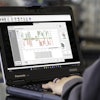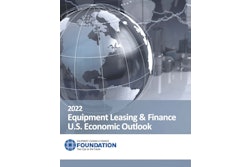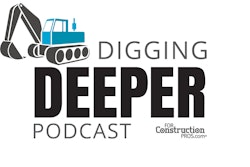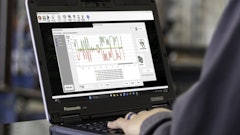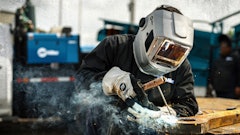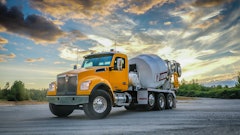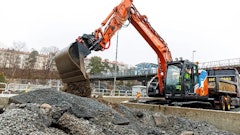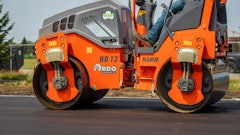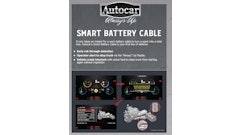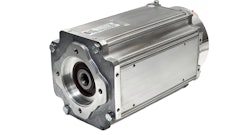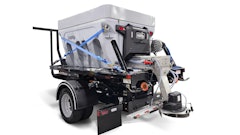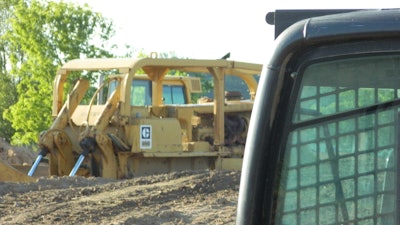
Ongoing supply constraints for both new and used equipment have driven used equipment valuations up 30% or more by some estimates. As Howard Hawk, president of bidadoo, comments, “There’s never been a better time to sell equipment.”
So, what are the conditions driving current equipment market activity? And how can those seeking to sell assets capitalize on these trends – and available tools – to secure more value from the sale of their capital assets?
We’ve compiled several resources on market trends plus insights to better inform your decision-making process, and maximize profits, when selling used equipment.
Ritchie Bros. January 2022 Market Trends Report Offers 2021 Used Equipment Highlights
Richie Bros.’ January 2022 Market Trends issue takes a detailed look back at construction and aerial equipment sales throughout 2021.
According to the report, supply chain issues, tight supply and unprecedented demand all played major factors in used equipment sales last year. In the U.S., volumes were down in large and medium earthmoving categories as well as aerial equipment, while prices rose significantly. For example, the median dozer price in the U.S. in 2021 was up 22% from 2020, while units sold had decreased by 8% year over year. There were also big median price increases in the U.S. for boom lifts (up 20% YOY), mini-excavators (up 17%) and loader-backhoes (up 16%).
 ACBM staff
ACBM staff
Click here to download the full report.
Supply Chain Disruptions Impacting Compact Construction Equipment Market
Each year, OEM Off-Highway Magazine’s State of the Industry issue looks at the top trends and technologies within the heavy equipment industries, as well as digs into current and future market conditions. That includes reaching out to industry executives like Tate Johnson, president, Yanmar Compact Equipment North America, to discuss how supply chain disruptions have impacted the compact equipment market.
Click here to learn more.
State of the Construction Equipment Economy
EquipmentWatch asked equipment owners what they felt were the biggest challenges they are facing today. While the No. 1 challenge cited was aligning equipment management goals with pre-construction and operational goals, disposing of assets at the right time came in a close second.
 ACBM staff
ACBM staff
The trends for new equipment have directly impacted the used channels, as well, with many survey respondents noting a lack of availability of both new and used machines.
Click here to learn more about these trends and their impacts on fleet management decision making. ACBM staff
ACBM staff
5 Options for Selling Used Equipment
If you’re thinking about making room for new equipment in your fleet, here’s something else to consider: How will you dispose of any older machines you no longer need — and get the best price for them? A trade-in is certainly an option, but it’s not your only one.
Take a look at the pros and cons of five other ways to sell used equipment.
Click here to learn more.
Best Practices for Getting the Greatest Value When Selling Used Equipment
The used equipment market is hot, Dennis Howard at RDO Equipment points out. New machines are tougher to get and uncertainty is still looming from the pandemic – a combination that results in demand for quality, pre-owned machines being high right now.
When a fleet has been analyzed and it is decided the time is right to sell an older machine, companies have several avenues to do so. Three of the most common are sell or trade-in to an equipment dealer, working with an auction company and direct sale to a buyer.
This begs the question: which avenue should you choose? Thinking a bit deeper, the choice is also dependent on another question: which process is right for your business?
Click here to learn more.
Buyers and Sellers Find Solutions to Limited Heavy Equipment Supplies Online
Pandemic-related factors continue to push construction equipment buyers and sellers online – most notable of which is the limited availability of both new and used machines. Extended backlogs for the materials and components that go into new domestically produced equipment and vehicles and delayed shipments of new units manufactured outside the U.S. have resulted in scarcely populated dealer lots and lengthened backlogs for new equipment orders.
 bidadoo
bidadoo
Click here to read more on trends influencing new and used equipment availability, as well as how bidadoo and eBay are partnering to provide access to even more online solutions for buyers and sellers; or listen in on an interview with Howard Hawk on this topic.
